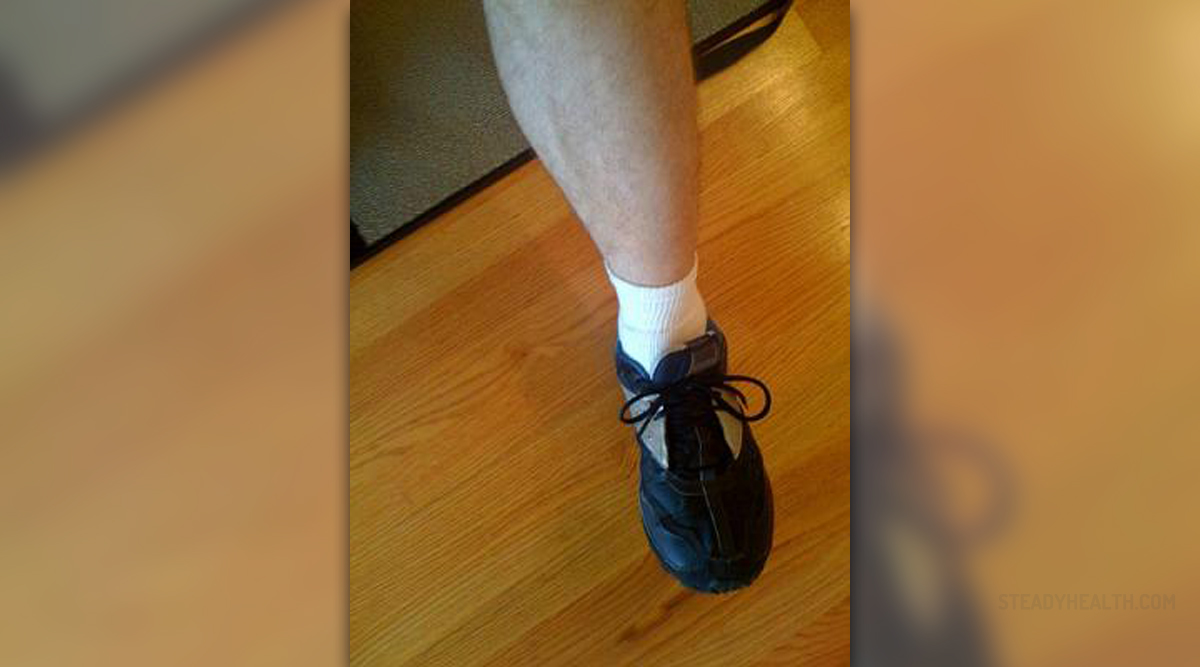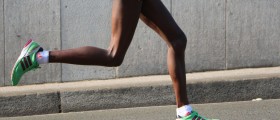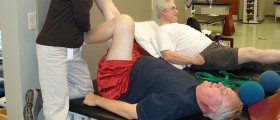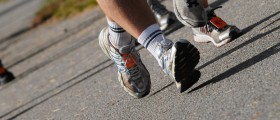
Introduction to shin splints
A shin splint is usually detected by a very sharp pain in the lower part of the leg, naturally, in the area of the shins. The pain usually comes in at the center of the shin or on the outside part of the shin. It commonly happens to people who tend to run or jog a lot. If it occurs, sometimes it will not be that noticeable a first, and it may be possible to even start running and have it go away over time. However, it will eventually catch up to you, and the pain will last for long periods in some cases once it comes back.
The sharpness of the pain might also get worse and worse over time, which is another thing to be aware of.
Not only will it not enable you to run, but walking might even because a problem when the pain becomes greater.
Shin splints are caused by several factors. The most common reason for getting shin splints is if a person has been running very hard and putting too much stress on the legs. It can also result from a person not stretching properly before physical activity. Not wearing shoes that are meant for running and working out could also be a problem that can lead to not only shin splints, but other injuries of the lower part of the legs as well.
Treatment
In order to treat the problem, you will need to stop running for sometimes and allow the injury to heal.
If you continue to run, the injury will only become worse. It is important to keep your weight off of the legs and to avoid movement. Keep the legs well rested and elevated in order to promote faster healing. Appling ice is also a good idea, since it will reduce the amount of swelling and inflammation that will no doubt occur.
Another good idea would be to put tape on the region to avoid further damage or an extension of the tear. If the problem will not go away on its own, then it is recommended to visit a doctor.
Prevention
In order to prevent this problem it is important to be smart when running. DO not force yourself right away; instead build your stamina and your mileage slowly. The more you force yourself immediately, the greater the chances are of developing shin splints.
Also, make sure that the shoes you are running in are comfortable and are designed for running, which means that they will provide support and protection from the impact of the feet hitting the ground constantly, especially if you are running on concrete. It is recommended to always run on grass if possible, because this will help decrease the impact on the legs.

















Your thoughts on this
Loading...